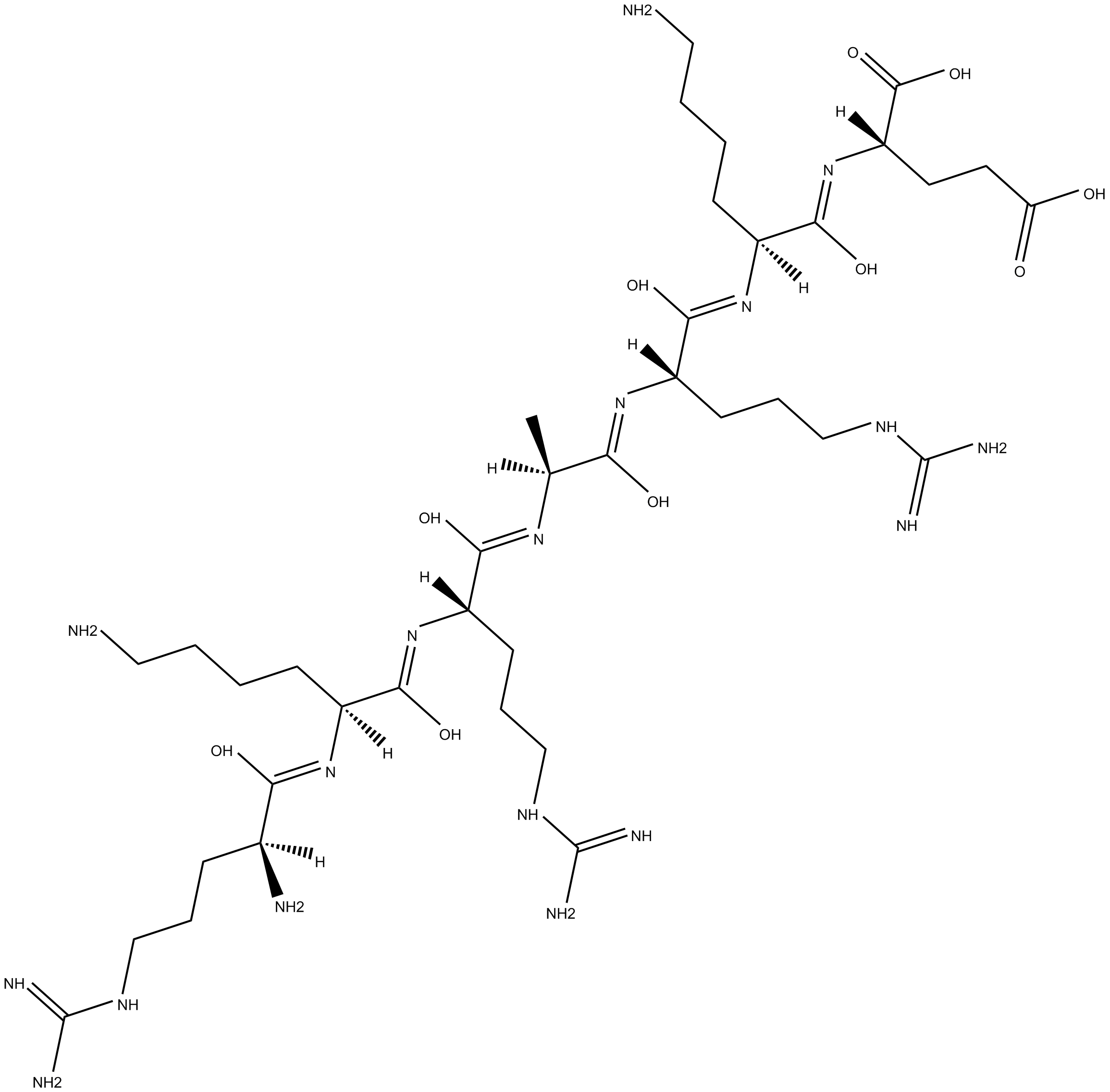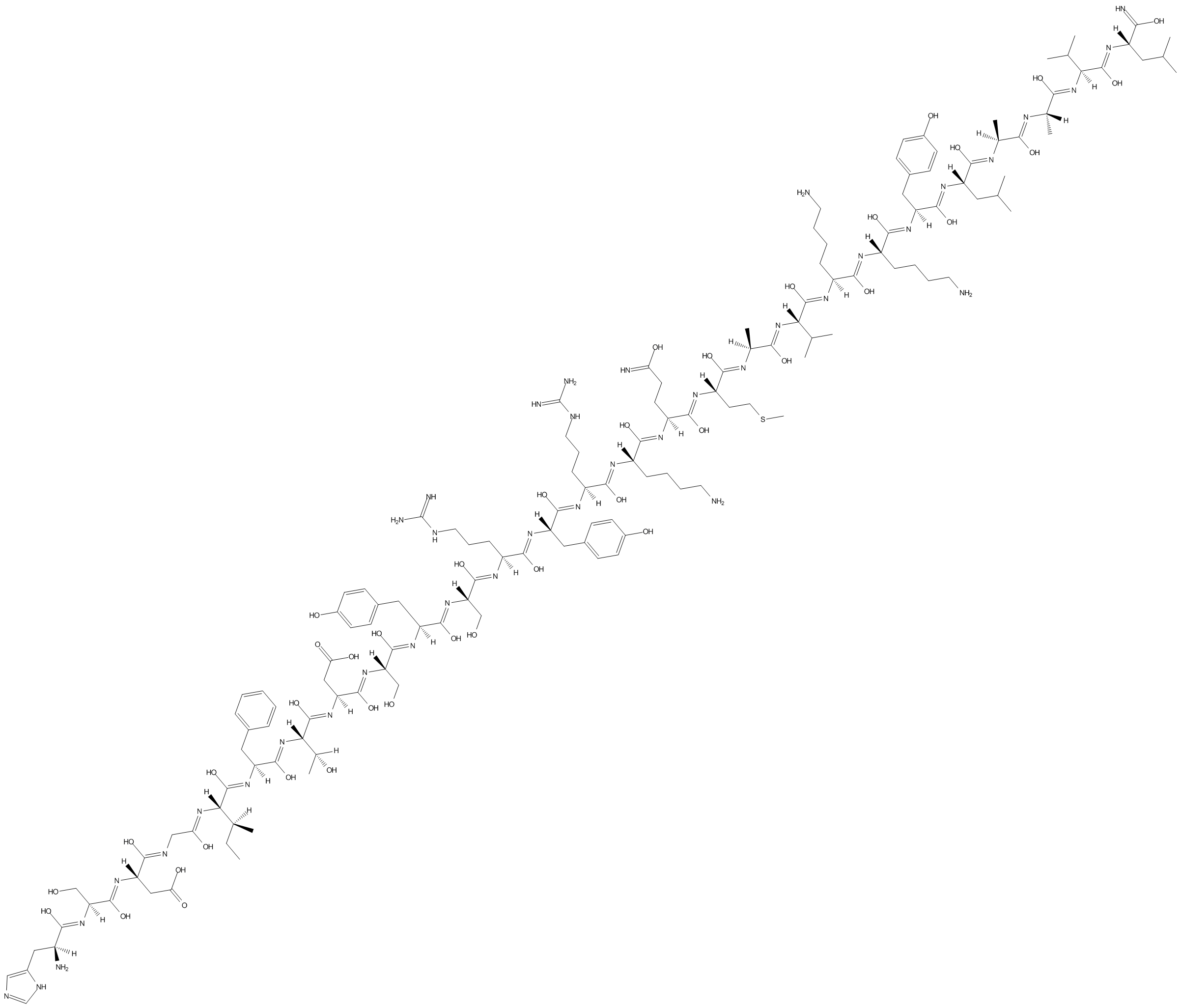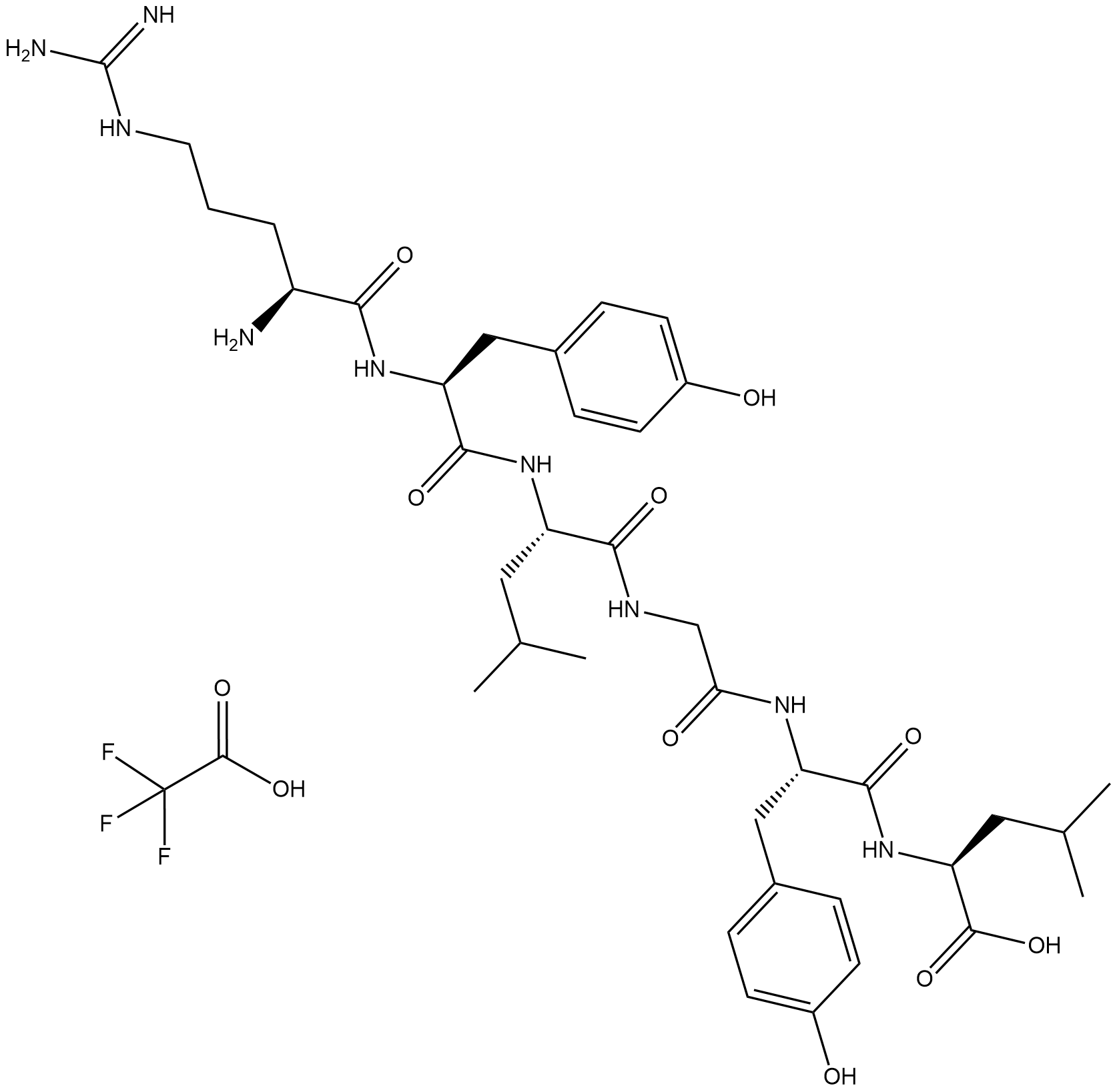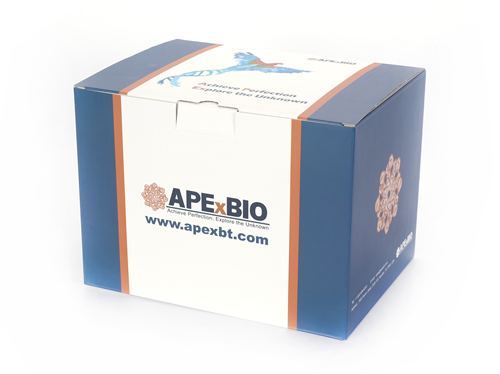Amino Acids & Peptides

Amino acids are fundamental organic molecules with a common structure: an amino group (–NH₂), a carboxyl group (–COOH), and a side chain (or R group) that differs their properties. 20 α-amino acids are commonly found in proteins, serving as protein building blocks. Some of less common amino acids also have important functions, serving either as constituents of proteins (through modification of common amino acid residues after protein synthesis) or as metabolic intermediates. As amino acids are essential for life, they are used as supplements in cell culture media and as key materials for metabolic studies. Uncommon or modified amino acids are utilized in drug development.
Amino acids can be covalently joined through a peptide bond, formed by dehydration from the α-carboxyl group of one amino acid and the α-amino group of another via condensation reaction, allowing them to polymerize into peptides and proteins. Molecules called peptides generally have molecular weights below 10,000, whereas those called proteins have higher molecular weights. Mainly derived from natural sources or their analogs, peptides exhibit diverse biological activities (antimicrobial, antiviral, antioxidant, immunomodulatory) with high target affinity, stable efficacy, low immunogenicity, and minimal toxicity. Advances in biotechnology and synthesis have expanded their applications in disease research, drug development, and vaccine development. Clinically, peptide-based drugs now address cancer, hepatitis, diabetes, and HIV/AIDS.
-
 A6010 X-press Tag PeptideSummary: Petide sequence-DLYDDDDK
A6010 X-press Tag PeptideSummary: Petide sequence-DLYDDDDK -
 B9006 cGMP Dependent Kinase Inhibitor PeptideSummary: cGMP-dependent protein kinase (PKG) inhibitor
B9006 cGMP Dependent Kinase Inhibitor PeptideSummary: cGMP-dependent protein kinase (PKG) inhibitor -
 B6625 PACAP 1-38Summary: Endogenous neuropeptide
B6625 PACAP 1-38Summary: Endogenous neuropeptide -
 B5075 PACAP 1-27Summary: endogenous neuropeptide, stimulator of adenylate cyclase
B5075 PACAP 1-27Summary: endogenous neuropeptide, stimulator of adenylate cyclase -
 A9069 α-Casein (90-95) TFASummary: A peptide fragment of α-Casein.
A9069 α-Casein (90-95) TFASummary: A peptide fragment of α-Casein. -
 A9949 Epinecidin-1Summary: An antimicrobial peptide
A9949 Epinecidin-1Summary: An antimicrobial peptide -
 C8582 Kemptide TFASummary: An artificially synthesized heptapeptide that can serve as a substrate for camp-dependent protein kinase (PKA)
C8582 Kemptide TFASummary: An artificially synthesized heptapeptide that can serve as a substrate for camp-dependent protein kinase (PKA) -
 C8583 Kemptide acetate saltSummary: An artificially synthesized heptapeptide that can serve as a substrate for camp-dependent protein kinase (PKA)
C8583 Kemptide acetate saltSummary: An artificially synthesized heptapeptide that can serve as a substrate for camp-dependent protein kinase (PKA) -
 C8585 mTRP-2(180-188) Ammonium saltSummary: A peptide derived from mouse tyrosinase-associated protein 2 (TRP-2)
C8585 mTRP-2(180-188) Ammonium saltSummary: A peptide derived from mouse tyrosinase-associated protein 2 (TRP-2) -
 C8588 ssK36 (trifluoroacetate salt)Summary: A supersubstrate peptide of histone methyltransferase (SET) domain protein 2 (SETD2)
C8588 ssK36 (trifluoroacetate salt)Summary: A supersubstrate peptide of histone methyltransferase (SET) domain protein 2 (SETD2)


